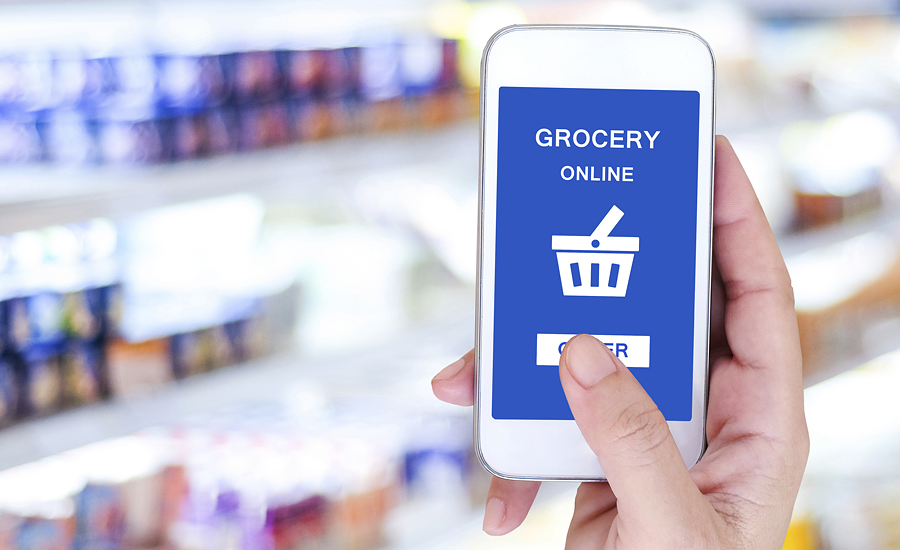2018 was the year that retailers mobilized and made their first significant investments in grocery e-commerce. After years of skepticism in an industry that’s been long underpenetrated by e-commerce, grocery retailers made strides in the rollout of curbside pickup and same-day grocery delivery.
And, in 2019, the momentum toward online grocery has shown no sign of slowing down.
But, are grocery retailers on the right path to meeting consumer expectations and long-term profitability?
CommonSense Robotics, Israel, released a study that analyzes some of the biggest drivers of e-commerce growth and explores factors that will pose particular challenges for grocery retailers in the future.
The rollout of curbside pickup
The rollout of curbside pickup locations by major retailers grew by 230%. Click and collect. Curbside pickup. The artist formerly known as BOPIS (buy online, pick up in store). Whatever it’s called, curbside pickup saw massive rollout in 2018. By the end of the year, curbside pickup was available in 45% of Walmart stores, 58% of Kroger stores, 56% of Target stores (up from 0.6% at the beginning of the year), 30% of Ahold Delhaize stores and 21.7% of Albertsons stores.
The offering of same-day delivery
The offering of same-day delivery by major retailers increased by 500% in the past year.
In just a little over a year ago, same-day grocery delivery was only available to select urban markets such as New York City and San Francisco. 2018 marked the beginning of the rollout of same-day delivery across the United States.
Notably, through Instacart’s partnership with 300-plus grocery retailers in the United States alone, same-day grocery delivery is now available to 80% of U.S. households.
Pentallect, Chicago, estimates that third-party grocery delivery is currently a $4.5 billion industry, and is poised to grow to $9 billion by 2022.
Meanwhile, major retailers invested over $28 billion in grocery e-commerce in addition to the rollout of curbside pickup and delivery options, and retailers have made significant investments in the e-commerce space in the last 18 months. In 2018, Walmart, Bentonville, Ark., spent a total of $11.7 billion in technology investments, much of it specifically focused on optimizations for online grocery.
In the same year, Kroger, Cincinnati, announced a deal with Ocado, UK, to build 20 335,000-square-foot automated warehouses for online orders.
But, the grocery giants weren’t the only ones innovating.
In March 2018, Ahold Delhaize, The Netherlands, launched Peapod Digital Labs, a new entity dedicated to driving digital and e-commerce innovation. And, in February 2018, H-E-B, San Antonio, Texas, acquired Favor, an on-demand delivery company.
Of course, the specter looming behind this frenzy of innovation was Amazon, Seattle, Wash., whose acquisition of Whole Foods Market, Austin, Texas, in 2017 changed the competitive landscape of online grocery forever.
These investments make it clear that the digital age has arrived for brick-and-mortar grocery, and that retailers are demonstrating commitment to improving their e-commerce supply chain logistics and overall customer proposition.
Grocery e-commerce sales continue to soar
The average estimate for the growth of grocery e-commerce sales in 2018 was 35% year-over-year.
Until now, the supply of online grocery offerings has been quite limited, therefore e-commerce penetration has been low compared to other developed markets. But, driven by the sizeable investments retailers made in the e-commerce space, 2018 marked a year of surging demand and growth.
After surveying some of the most prominent names in the industry, the average industry estimate for online grocery growth from 2017-2018 was nearly 35%. That brings 2018 online grocery sales to an estimated $24 billion, which represents 3% of the $800 billion total grocery market in 2018.



